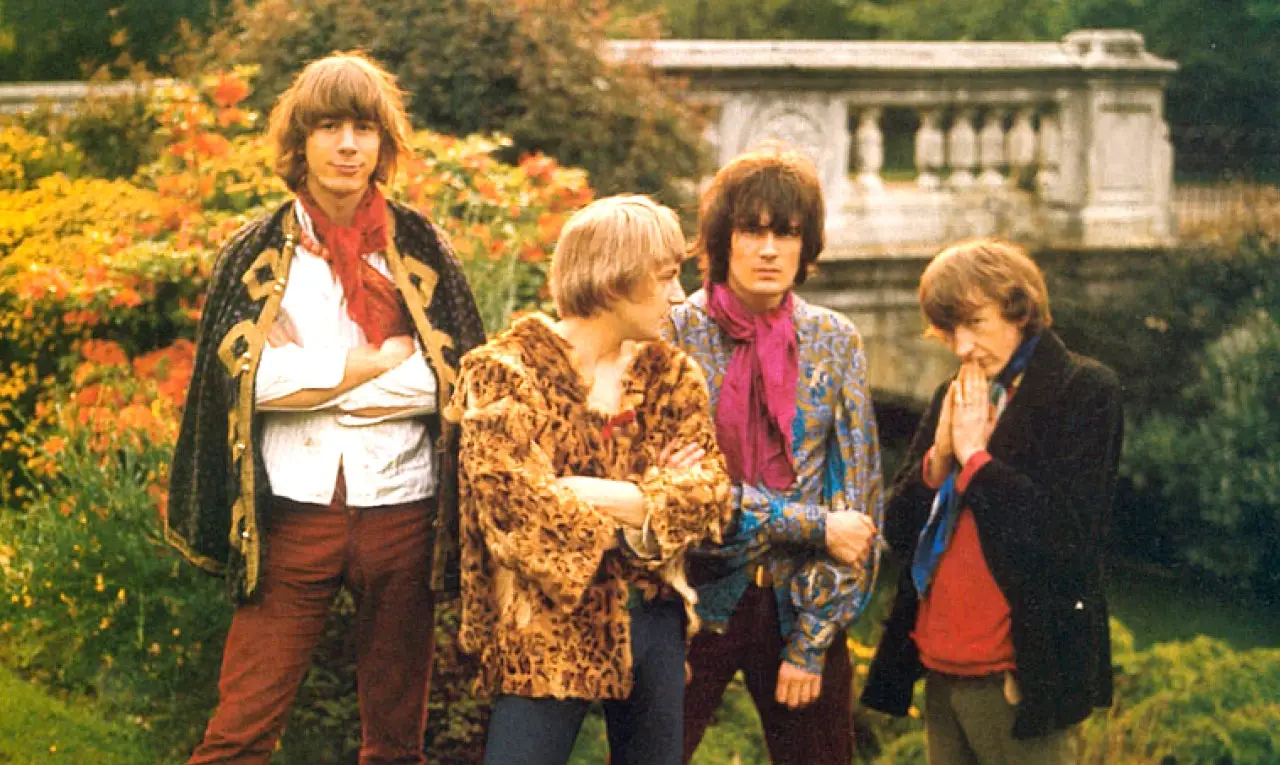The Soft Machine Albums Ranked
Soft Machine is an English rock band from Canterbury formed in mid-1966, currently consisting of John Marshall (drums), Roy Babbington (bass), John Etheridge (guitar), and Theo Travis (saxophone, flutes, keyboards). As a central band of the Canterbury scene, the group became one of the first British psychedelic acts and later moved into progressive and jazz-rock. Their varying lineups have included prominent former members such as Mike Ratledge (organ, 1966–76), Robert Wyatt (drums & vocals, 1966–71), Kevin Ayers (bass, guitar & vocals, 1966–68), and Hugh Hopper (bass, 1969–1973). Here are all of The Soft Machine Albums Ranked.
Listen and enjoy the music of The Soft Machine. Click below as you relive the songs of the hottest English rock band.
8.Six (1973)
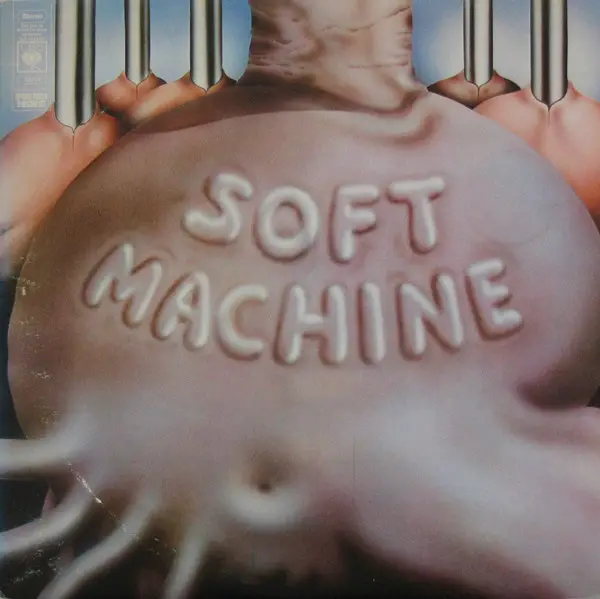
“Six actually sounds like a continuation of Third and that’s a *great* thing. These jams are much easier to get into (in other words, less challenging) not to mention quite melodic and exciting for the most part, compared to the Fourth and Fifth albums. This is definitely an album that wasn’t given enough credit back in the day, and apparently, that still holds true in today’s world since only 12 people here on amazon have reviewed this album so far.”
7. Seven (1973)
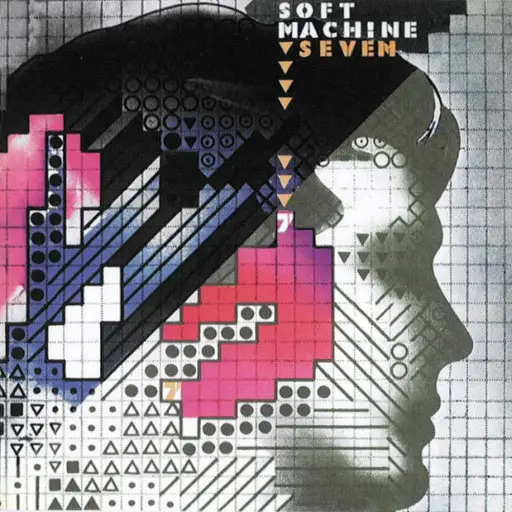
“The music on this album runs the gamut from very spacey and dreamy passages to vigorous jazz rock instrumentals that feature a heavy ostinato played in unison on the bass and the synthesizers. Typically, Karl solos over these sections. Some of my favorite tracks however, include the spacier and more experimental pieces such as the percussion heavy and psychedelic D.I.S (written by John Marshall) and Karl Jenkin’s Carol Ann, which features some haunting sax playing and eerie synthesizer parts”
6.At The Beginning (1980)
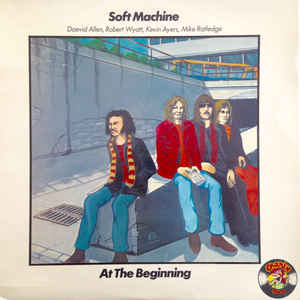
“Listen to this album as a standalone work. It’s hypnotic. It’s fascinating. It’s emotional. It’s technically astounding. And it features Allan Holdsworth in some of his finest playing, imho. If you love progressive rock, or hypnotic jazz fusion even, this recording comes with my highest recommendation.”
See more: ELO Albums Ranked
5. Fourth (1971)
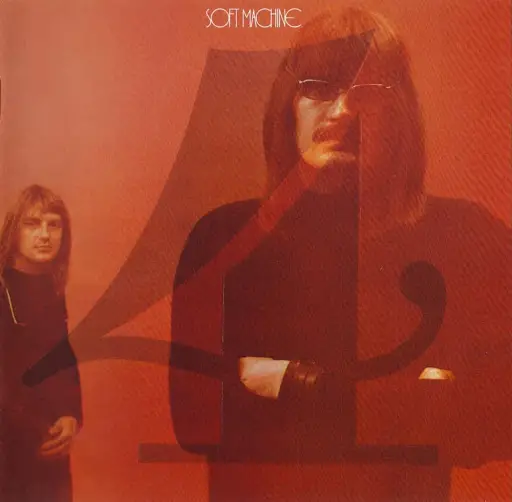
“Compositionally, there’s not a weak idea on here, and the core lineup of Mike Ratledge, Hugh Hopper, Elton Dean and Robert Wyatt plays as ferociously as ever, with some great contributions from upright bassist Roy Babbington, trombonist Nick Evans, Jimmy Hastings on alto flute and bass clarinet along with Alan Skidmore on tenor sax and cornetist Marc Charig adding to the maelstrom.”
4. Bundles (1975)
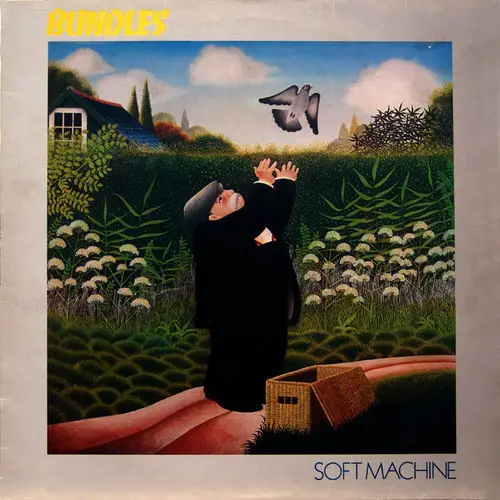
“This is Soft Machine’s first venture in guitar driven jazz-rock. It’s unjustly maligned by Soft Machine “purists” for it’s then commercially more viable sound. When I bought the album in 1975 (Vinyl!) I thought it was one of the best fusion albums I’d heard until then. After all these years it’s still as good. It’s not better or worse then the older Soft Machine albums.”
See more: Journey Albums Ranked
3. Volume Two (1969)
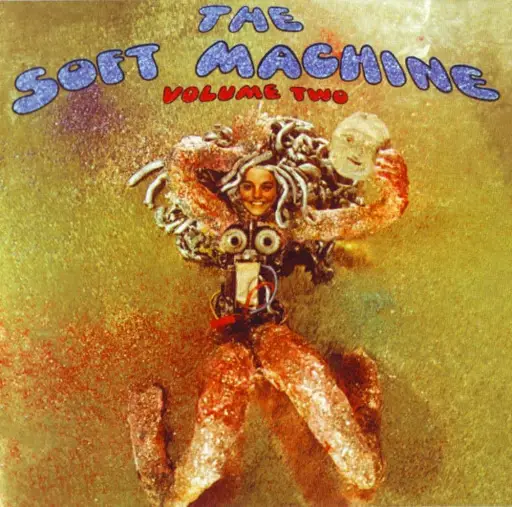
“Volume Two is more of the same from the first Soft Machine record. I bought this just recently after getting hooked on Third over forty years ago and it’s only now that I’ve heard anything else the band ever did. That being said, it’s just as quirky and weird as Third, but with more vocals.”
2. The Soft Machine (1968)
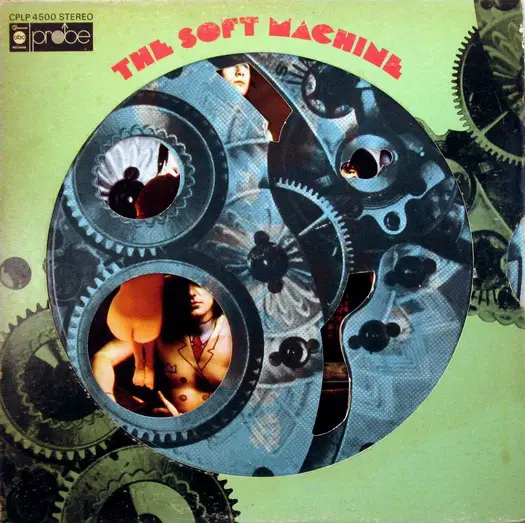
“These guys were making psychedelic pop, and jazz-rock, simultaneously. What they were doing here didn’t hold together for long, but while it did it sounds like a blast. The fidelity here isn’t great by today’s standards, but okay for its time – I think it compared favorably against records by peers such as The Beatles or Pink Floyd. Because the melody is being carried by a low-tones and distorted fuzz organ, and the rhythm section jazzy, and the whole thing presumably recorded on a 4-track, you do have to work a bit to hear it.”
1. Third (1970)
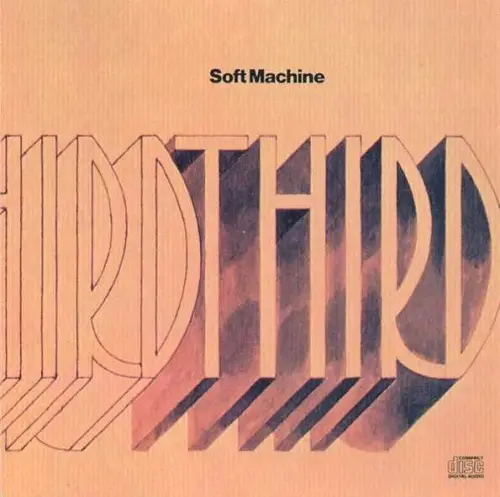
“Third is completely one-of-a-kind. It manages to combine memorable songwriting and melodies with engaging instrumental prowess in a way unmatched elsewhere by Soft Machine or really any other jazz-rock music, which often tends to be virtuosic to the point of inaccessibility and distinctly lacking in memorable melody. Better yet, the band’s decision to produce an album of side-long suites gives them room to stretch out into some really transcendent and psychedelic sounds.”

